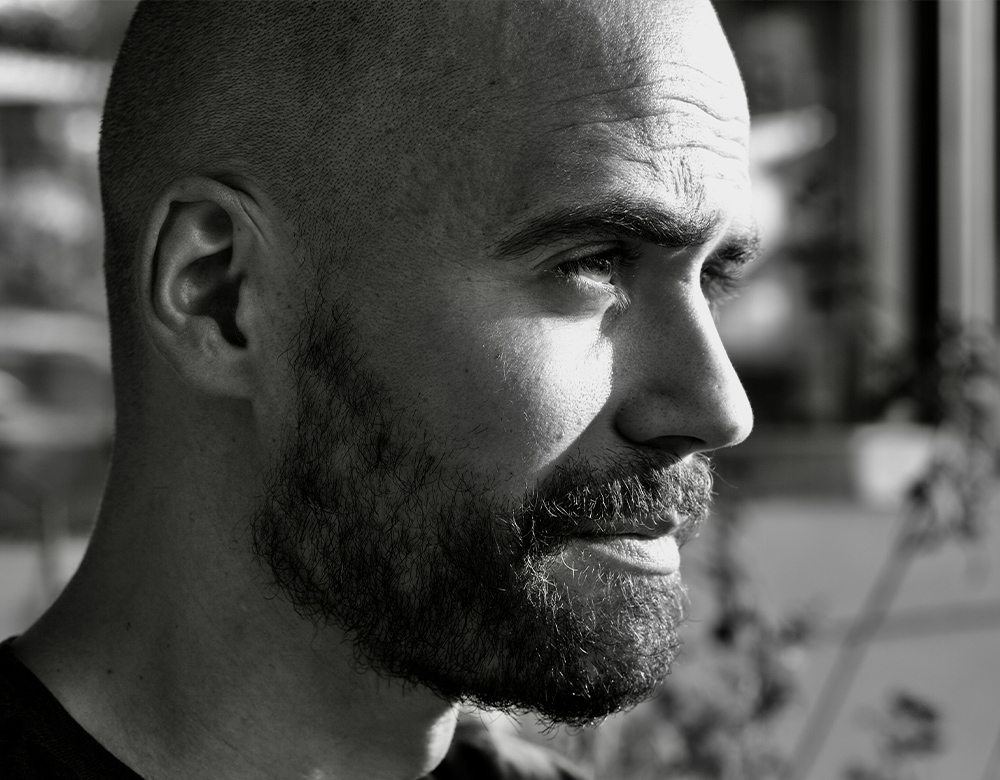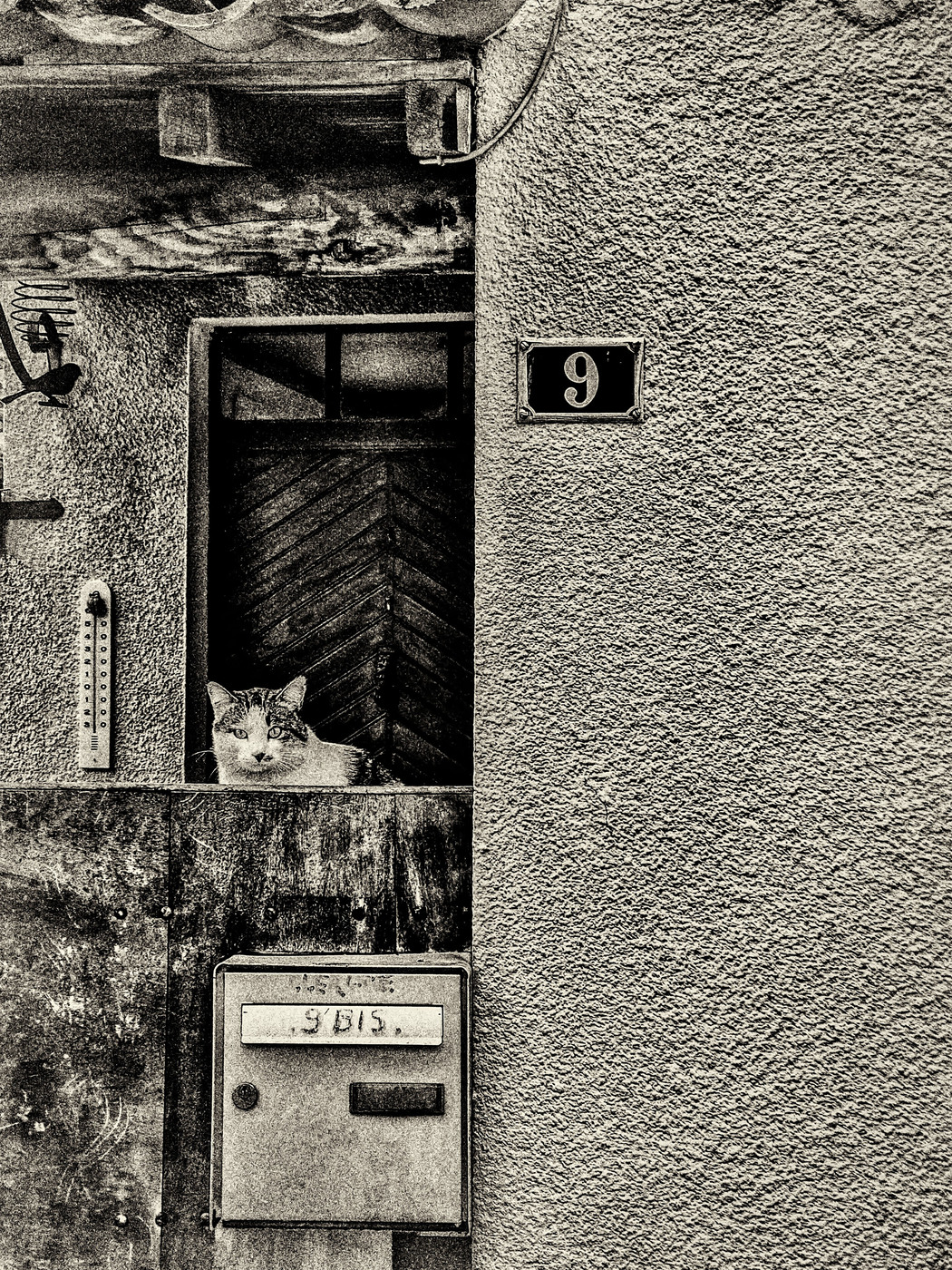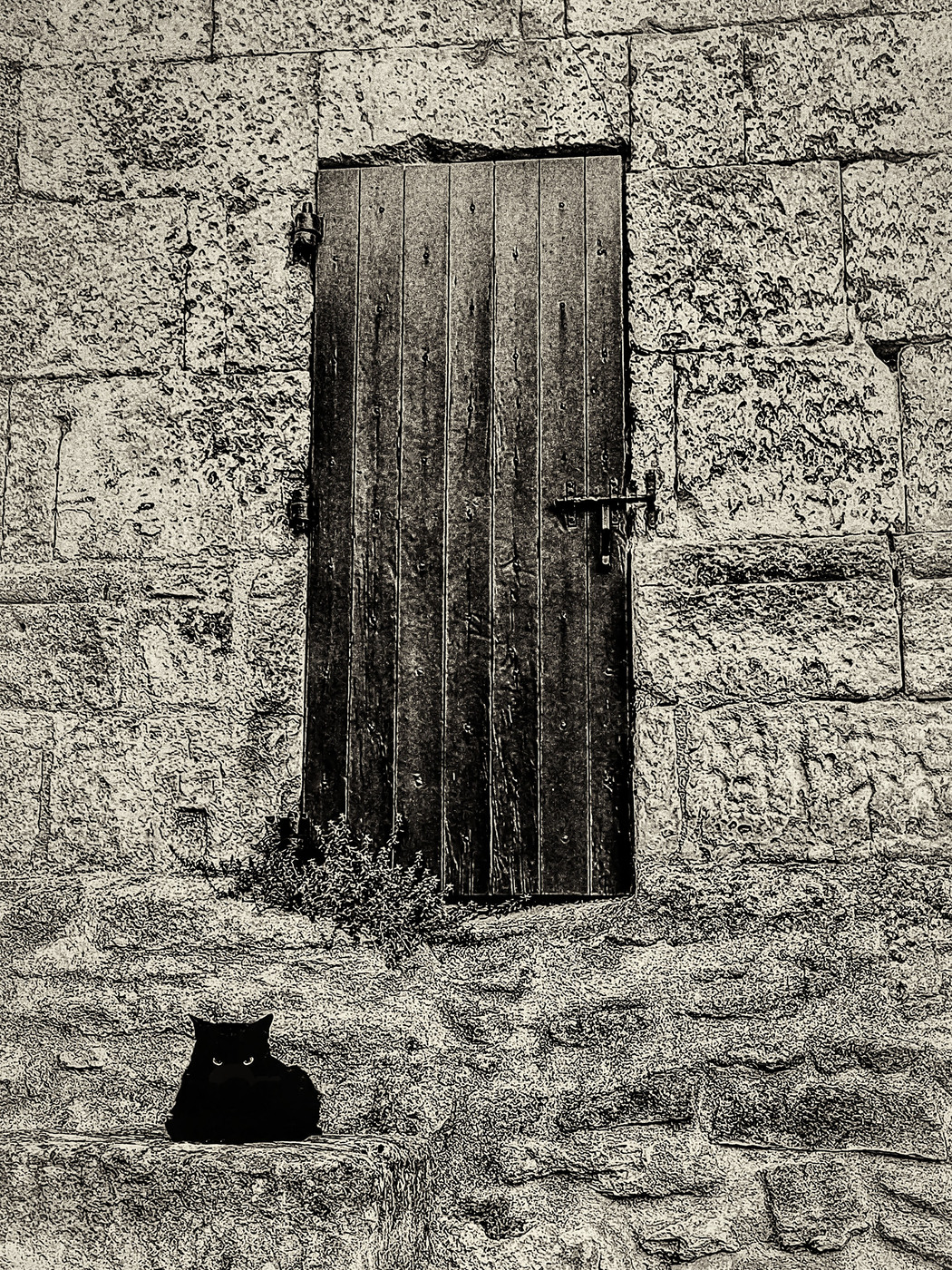Jérôme Pace
Year of birth: 1987
Where do you live: Fontvieille (France)
Your education: PhD in History of religion
Describe your art in three words: Beauty. Freedom. Nostalgy.
Your discipline: Photography
Website | Instagram

Your work reflects a deep connection to nature, mythology, and personal experience. Could you share how your travels and various experiences shape your art?
What I am going to say is a truism: more than our words, we are what we have done. Historian of religion, I have lived for a long time at the rhythms of ancient mythologies. A rare peregrination that, having allowed me to probe our heritage and our imagination, nourishes me today as a photographer.
Likewise, exploring the world has always been for me synonymous with freedom. I have, for example, excavated in Kurdistan Region; practiced sambo in Moscow; or harvested tea in the prefecture of Kagoshima. This perpetual wandering is who I am. And so is my art: it is that interrupted discourse of which the hours, echoes of my darknesses, reveal my sauroctone soul.
The phrase “Chat rit varie” seems to have a mystical and poetic resonance. Can you tell us more about its meaning and how it relates to your artistic process?
“Chat rit varie” is actually a play on words. It translates to: “The cat that laughs are changing/changes” and plays on the word “charivari” – a ritual used to restore the balance of society after a fault –, the first syllable of which is pronounced “cha” like the word “chat” (cat in French). If we add to this the symbolic dimension of the cat, as a guide, but also the popular idea of its judgemental character, it seemed like the perfect fit for my work’s title.
In your artist statement, you mention “the guardians of the doors and the roads of the world.” How do these symbols influence your work, and what do they represent to you personally?
We all are the sons of Nature. And it is not for nothing that, celebrated by men and gods, her mother has long been the beating heart of our civilizations. That Eden, flora and fauna have not forgotten it: the heralds of Beyond, they continue to play as outposts. Better: discreet witnesses of our lost dreams, they are, as darkness falls, the guarantors of our last hopes. And when we accept it: our guides on the life’s roads.
 Jérôme Pace | In the grey sky of the earthenware angels | 2024
Jérôme Pace | In the grey sky of the earthenware angels | 2024
Your exploration of freedom through art is central to your practice. What does freedom mean to you in the context of your creative journey?
Everything. Of course, we may not be understood by others. And being frustrated for that. However, nothing is more beautiful than completely feeling yourself. In an increasingly authoritarian world, only the search for perfection and beauty, that is to say our desire to fulfill ourselves and rise up, can help us (re)find ourselves. And with it our only true freedom: our inner freedom.
Your projects often reference mythological and literary figures, such as Dante. How do these references inform the emotional and visual aspects of your work?
These references are the soul of my work. You know, our culture is foundation. this point of reference which, nourishing us, allows us the choice: to advance or not in full knowledge of the facts. Penetrate the soul of the world, it is said, liberates the lost: there is no Epiphany for whom serves and forgets.
 Jérôme Pace | The lighthouse keeper loves the birds too much | 2021
Jérôme Pace | The lighthouse keeper loves the birds too much | 2021
“Chat rit varie” was created in France. How did the setting and environment influence this particular project, and why did you choose France as the location for it?
Chat rit varie is an enchanted parenthesis in the wandering of a life. Most of my projects are born abroad (Il sole non vede mai l’ombra, Naturaleza, etc.). But this one was created at home, in Fontvieille, an enchanted Provencal village where I live today.
In the shade of the sleeping mills, the nymphs sing the laughter of my childhood… Exploring the feeling of European engraving, my work is, in this regard, a cry from the heart. A fleeting, almost nostalgic vision of an endangered France.
You mention a “sauroctone soul” in your statement. Could you elaborate on this concept and how it relates to your identity as an artist?
The sauroctone gods and heroes kill dragons. Guardians of the world, they are those who, when it is attacked, restore its balance. If Saint-Michel and Saint-Georges are perhaps their most famous representatives today, their existence goes back even further: Apollo (Greece), Indra (India) or Ninurta (Mesopotamia) helped to forge their glorious reputation. We all have our share of light and shadow. And we struggle every day between these two worlds… However, I would say that this is a welcome fight. Indeed, it is only because the shadow threatens us every day that we can live our lives to the fullest.

Leave a Reply